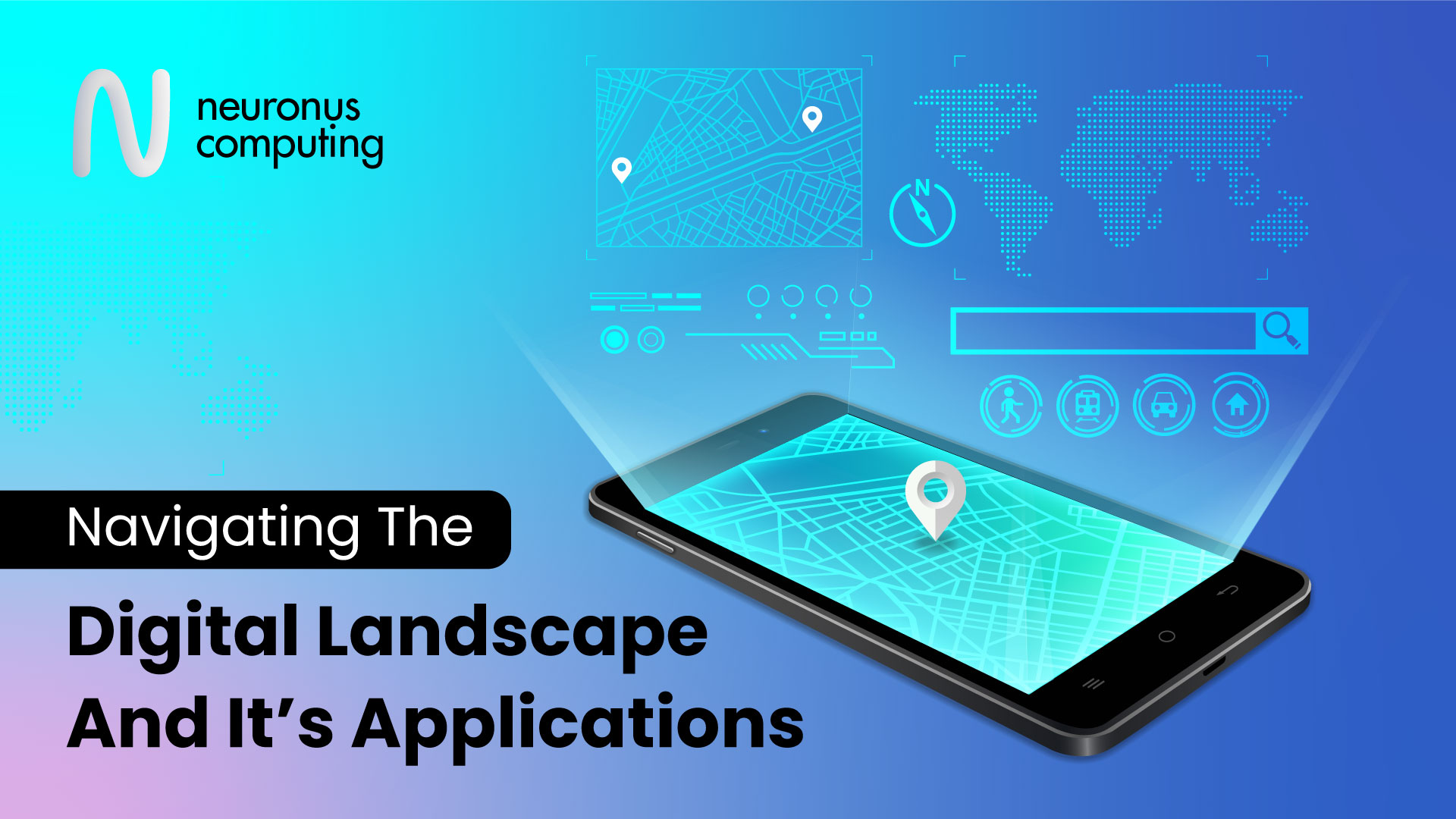Navigating the Digital Landscape: Internet, Extranet, and Intranet Explained
The digital landscape begin to expand with the advancement of technology. It became more complex and effective with an increase in technological development. The origin of the internet in the 1960s paved the way for future digital landscape. By the 1990s, Intranet and Extranet were also recognized as potential technologies. The aim was to enhance network connectivity, secure business-to-business communications, and improve the day to day life activities.
Below is a brief description of these digital technologies:

Internet
The Internet is one of the most important inventions that brought about a digital revolution. It reduced the distance and made the world into a global village. It was developed to communicate across networks but eventually, it encapsulated the whole globe. Everyone around the world is connected through the internet and the world is just a click away. Internet is the hub of research, information, and data that anyone can access. It has become so integral in modern times that no task or activity can take place without the Internet.
Intranet
An intranet is a private network connection that is restricted to the use of a single organization. This personal internet is like an internal website that can only be accessed by authorized individuals. This makes the internal communication of an organization much easier and employees are well connected. Intranet boosts the effective exchange of important data and information within the organization without depending on any external network. Hence, intranet is beneficial in maintaining the confidentiality of an organization’s data and adding security to organization’s internal secrets.
Extranet
An extranet is an extension of intranet in which the private network of the organization is shared with selected outside parties. The outside parties or external users, are authorized individuals who can collaborate on the organization’s internal matters. This kind of network enhances the organization’s security and streamlines communication. It also stimulates business growth and productive outcomes as the organisation’s team is well-connected. This generates a rapid response and queries are resolved without wasting much time.

Applications of Internet, Intranet, and Extranet
The digital landscape, including internet, extranet, and intranet, have its own particular characteristics. Each of these networks has distinct features and complementary roles, which are described as follows:
1. Internet
The internet has the following applications for its users, which are as follows:
- Internet is a repository of large amounts of information and data. Anyone for education, research or personal motives can access it.
- Internet is most effective in communication via email, videos, messages, and a myriad of online applications like Google Meet, Skype, Zoom, etc.
- Internet is a global market on which anyone can open their business or website and buy or sell products worldwide.
2. Intranet
Intranet has multiple benefits for private businesses and some of them are as follows:
- Intranet provides a collaborative platform for an organization’s employees through applications like Google Teams, Google Workspace, etc.
- Intranet also helps in managing teams and employees’ concerns and proves effective for HR functions.
- Intranet helps in internal communication, which connects employees with their concerned departments.
3. Extranet
Extranet has a complementary role to play in effective communication, which can be analyzed through the following points:
- Extranet allows external collaboration with clients and customers via CRM models and supply chain management.
- Extranet provides a streamlined approach to managing projects and provides timely feedback from the project team.
- Extranet can also connect business partners and clients to an executive portal where marketing information can be shared on a single platform.
Conclusion
In the contemporary world, individuals as well as businesses must be familiar with the digital landscape and its proposed benefits. The integration of these communication networks will prove extremely beneficial for an organization and can generate profits. It is up to the organization to select one of the networks based on their needs and work model. Nonetheless, the integration of one of these networks will definitely yield growth and produce positive insights.







